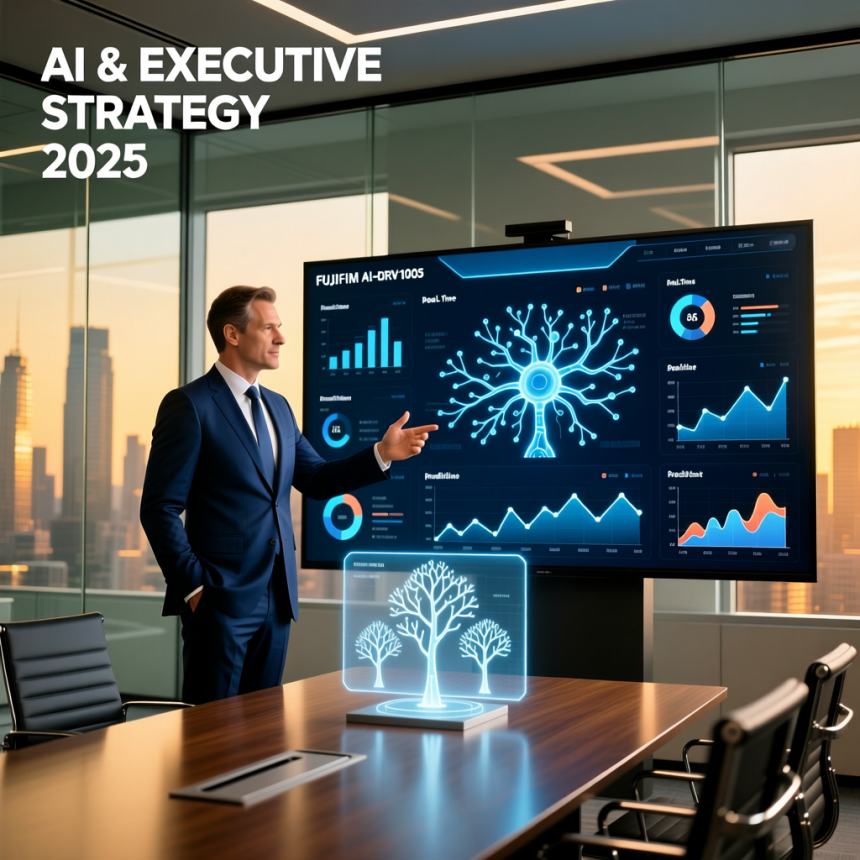Artificial intelligence is no longer a futuristic concept; it is reshaping the way businesses operate, grow, and generate revenue. Across industries, organizations are leveraging AI to optimize decision-making, improve efficiency, and create entirely new avenues for value creation. For CEOs, understanding and integrating AI into their strategies has become a critical responsibility, with implications that extend far beyond technology implementation.
At its core, AI enables businesses to process and analyze vast amounts of data quickly and accurately. This capability allows leaders to anticipate market trends, identify emerging customer needs, and make decisions based on predictive insights rather than reactive assumptions. In practice, companies can forecast demand more precisely, optimize inventory and supply chains, and reduce operational risk. These improvements translate directly into cost savings, increased productivity, and higher profitability.
Beyond efficiency, AI is transforming the way companies engage with customers and generate revenue. Advanced analytics and machine learning allow businesses to deliver hyper-personalized experiences, tailoring products, services, and recommendations to individual preferences. This level of personalization strengthens customer loyalty, improves conversion rates, and drives repeat business. Companies that harness AI in marketing, sales, and customer service can unlock new revenue streams while maintaining relevance in increasingly competitive markets.
AI is also a catalyst for innovation and new business models. Companies are using AI to develop intelligent products, automate complex processes, and explore offerings that were previously unimaginable. For instance, AI-driven predictive maintenance can turn traditional manufacturing into service-based revenue models, while algorithmic financial services enable automated portfolio management. Organizations that embrace AI as a strategic tool are better positioned to disrupt markets, capture emerging opportunities, and sustain long-term growth.
For CEOs, the integration of AI carries both strategic and ethical responsibilities. Leaders must ensure that AI initiatives align with overall business objectives and deliver measurable value. This involves identifying high-impact use cases, investing in the right talent and technology, and fostering a culture of innovation that encourages experimentation while managing risk. Additionally, CEOs are accountable for ensuring that AI is deployed ethically, with transparent decision-making, fairness, and compliance with regulatory frameworks. Missteps in governance can erode trust, damage brand reputation, and expose the organization to legal and financial risk.

Another critical aspect of a CEO’s role is guiding organizational adaptation. AI changes workflows, skill requirements, and team structures. Leaders must communicate clearly, reskill employees where necessary, and integrate AI tools in ways that enhance rather than disrupt human contribution. The most successful CEOs balance technology adoption with human insight, using AI to augment decision-making and performance rather than replace it.
The global competitive environment further underscores the need for AI leadership. Companies that integrate AI effectively gain a strategic advantage in speed, efficiency, and market responsiveness. They can respond faster to economic shifts, anticipate competitor moves, and innovate with confidence. CEOs who fail to prioritize AI risk falling behind, as businesses that leverage intelligent systems can outperform peers on multiple dimensions of growth and revenue generation.
Ultimately, AI is not just a tool; it is a strategic enabler that touches every aspect of business. It transforms operations, enhances customer engagement, drives innovation, and opens new revenue streams. For CEOs, embracing AI requires vision, foresight, and a willingness to lead change. By integrating AI thoughtfully and responsibly, leaders can position their organizations for sustainable growth, stronger market presence, and long-term value creation.









